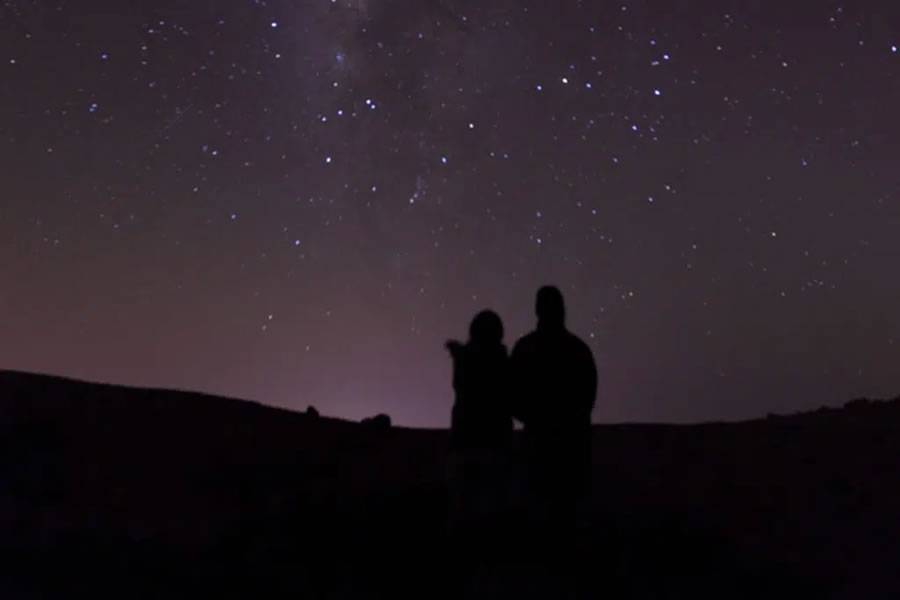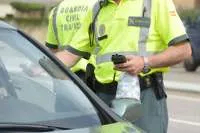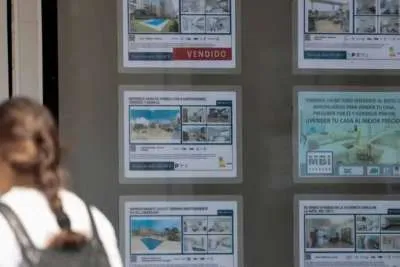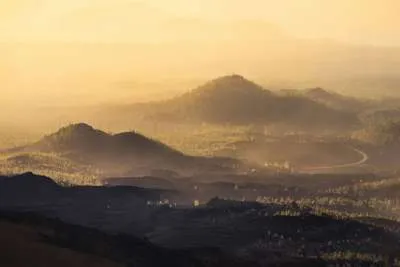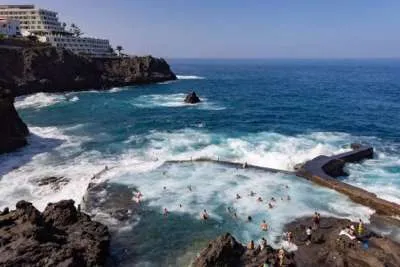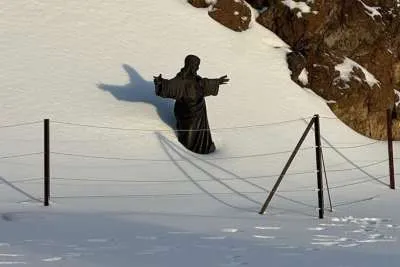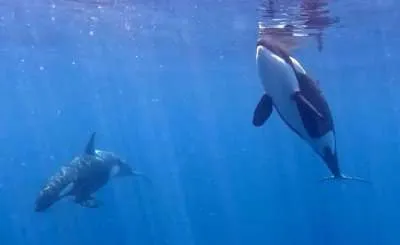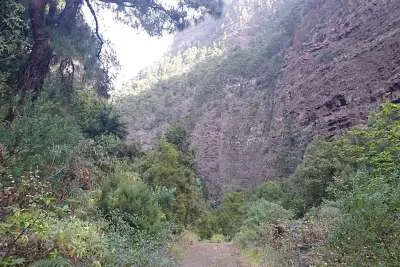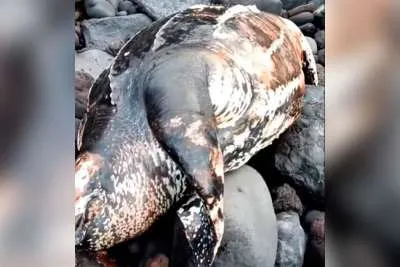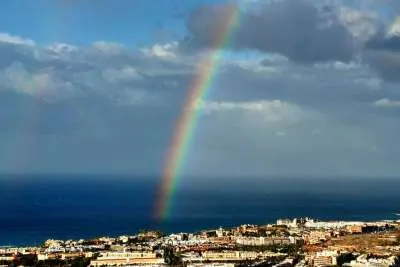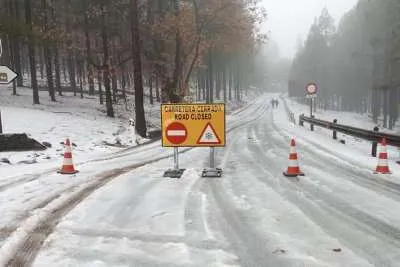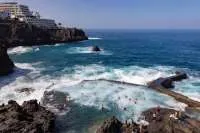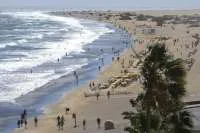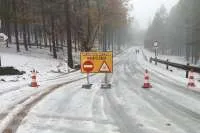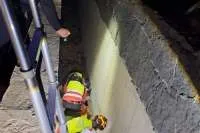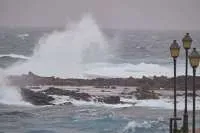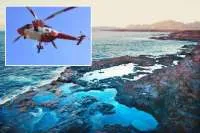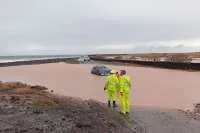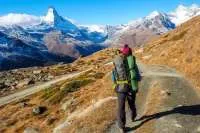The Perseids meteor shower returns to Teide this weekend
- 12-08-2022
- National
- Canarian Weekly
The Perseids, also known as ‘The Tears of San Lorenzo’, are one of the most visible meteor showers of the year in the northern hemisphere, and occur every year between July 17th and August 24th and tend to peak around August 9th-13th.
The Perseids are made of tiny space debris from the comet Swift-Tuttle, and are named after the constellation Perseus, because the direction, or radiant, from which the shower seems to come in the sky, lies in the same direction as Perseus.
The Perseids are widely sought after by astronomers and stargazers because most years at its peak, you can see 60 to 100 meteors an hour from a dark place, hence the comparison to tears.
The peak viewing time this year, is tonight (August 12th) and tomorrow (August 13th), and you don't need any special equipment or a lot of skills to view the meteor shower. All you really need is a clear sky and lots of patience, however, please be warned that the full moon this year will affect their visibility.
The following tips can help maximize your viewing experience:
- Find a secluded viewing spot, away from the building or street lights. Take into account that your eyes may take 15 to 20 minutes to get used to the dark.
- Dress for the weather, and make sure you are comfortable, especially if you plan to stay out long. Take a blanket or a comfortable chair with you as meteor watching can be a long waiting game.
- Once you have found your viewing spot, lie down on the ground and look at the sky. Don’t forget that meteors can appear in any part of the sky.
Limited access to the Teide National Park:
The Tenerife Cabildo has launched a special operation, which they launched last night, to avoid the "lack of control" in the Teide National Park, experienced in previous years due to the massive influx of vehicles to view the Perseids.
Although the full moon will reduce the visibility of the meteor shower, no one is hiding the fact that the slopes of Teide, and Roque de los Muchachos, in La Palma, are two privileged places to enjoy this phenomenon, whose greatest intensity will be reached tonight.
“The excessive influx of vehicles can generate a situation of lack of control, as has happened on other occasions, which is why we have established certain reinforcements at the checkpoints,”, said the Minister of the Environment, Isabel García.
Other articles that may interest you...
Trending
Most Read Articles

Featured Videos
A Vision of Elvis Tenerife Promo
- 10-05-2025
TEAs 2025 Highlights
- 17-11-2025


